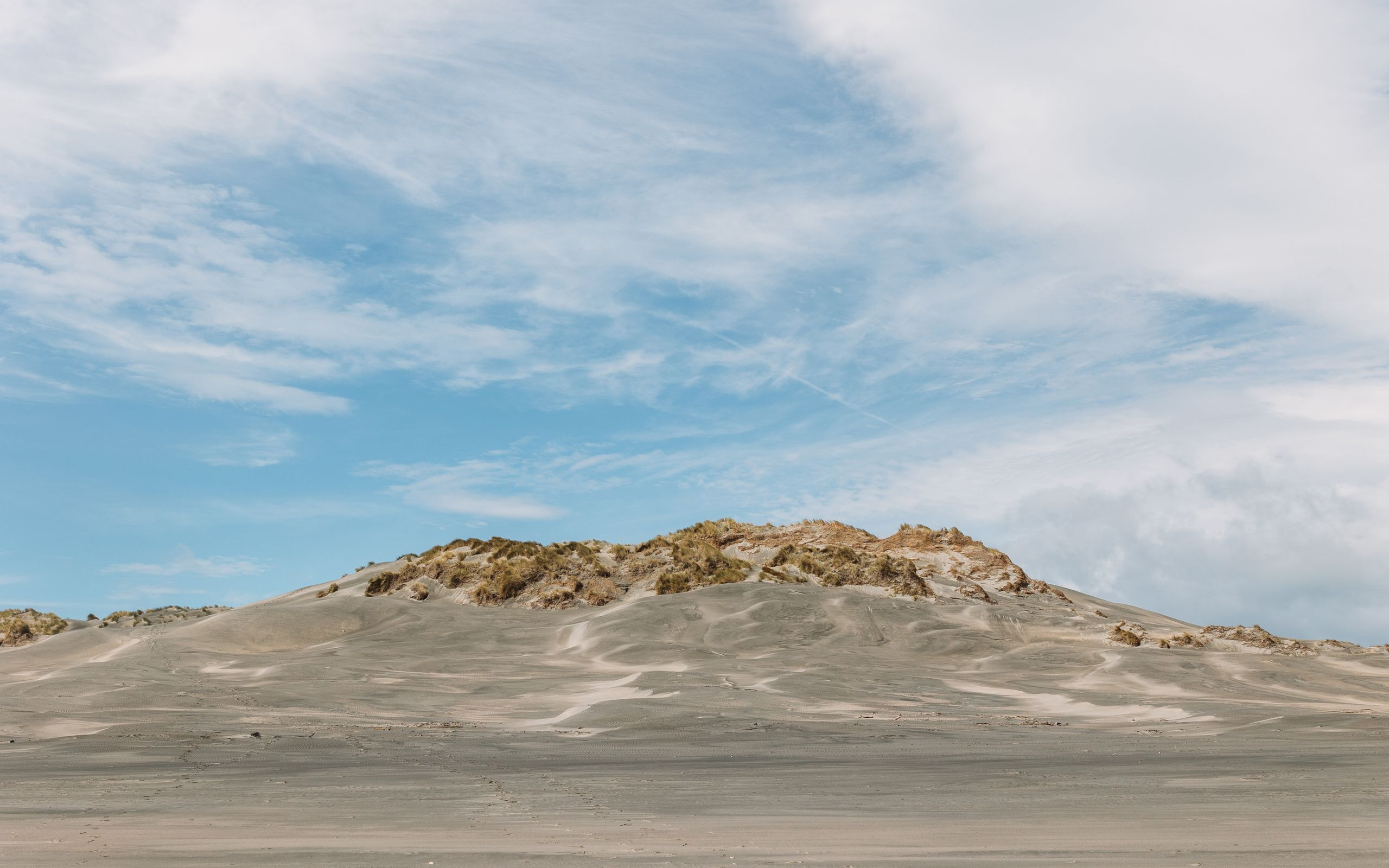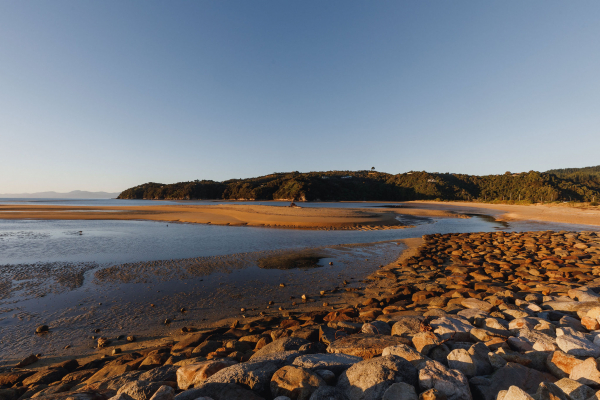

Many local businesses and initiatives put environmental sustainability at the heart of their activities, so that future generations of locals and visitors can continue to enjoy this special place in the same way that we do.


The Mārahau Pledge is a practical commitment by businesses working in the visitor sector to protect and enhance the environment that they love and work in.
Every tourism operator based out of Mārahau, from water taxis and kayaking to canyoning and walking guides, have come together under a new initiative called the Mārahau Pledge.
For visitors leaving from Mārahau, this means you will have a light footprint experience regardless of which Mārahau operator you choose.
A portion of every ticketed experience will go to projects focused on improved biodiversity and conservation outcomes for Mārahau Village and the surrounding area. Additionally, all the businesses signed up to the pledge will share knowledge that will improve the sustainability of tourism operations.
Tread lightly, and explore slowly.
For the last 10 years, Project Janszoon has been on a mission to restore and preserve Abel Tasman’s rich wildlife for all to enjoy. Project Janszoon is a philanthropic trust, working with conservationists, iwi, local volunteers and the Abel Tasman Birdsong Trust, as well as scientists and tourism operators, to make a real impact on the future of the Abel Tasman National Park.
Project Janszoon celebrates 10 years of restoration in the Abel Tasman National Park.